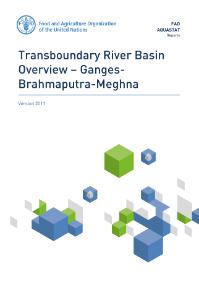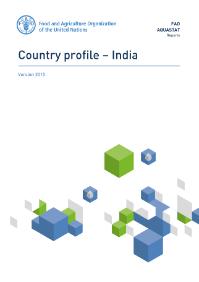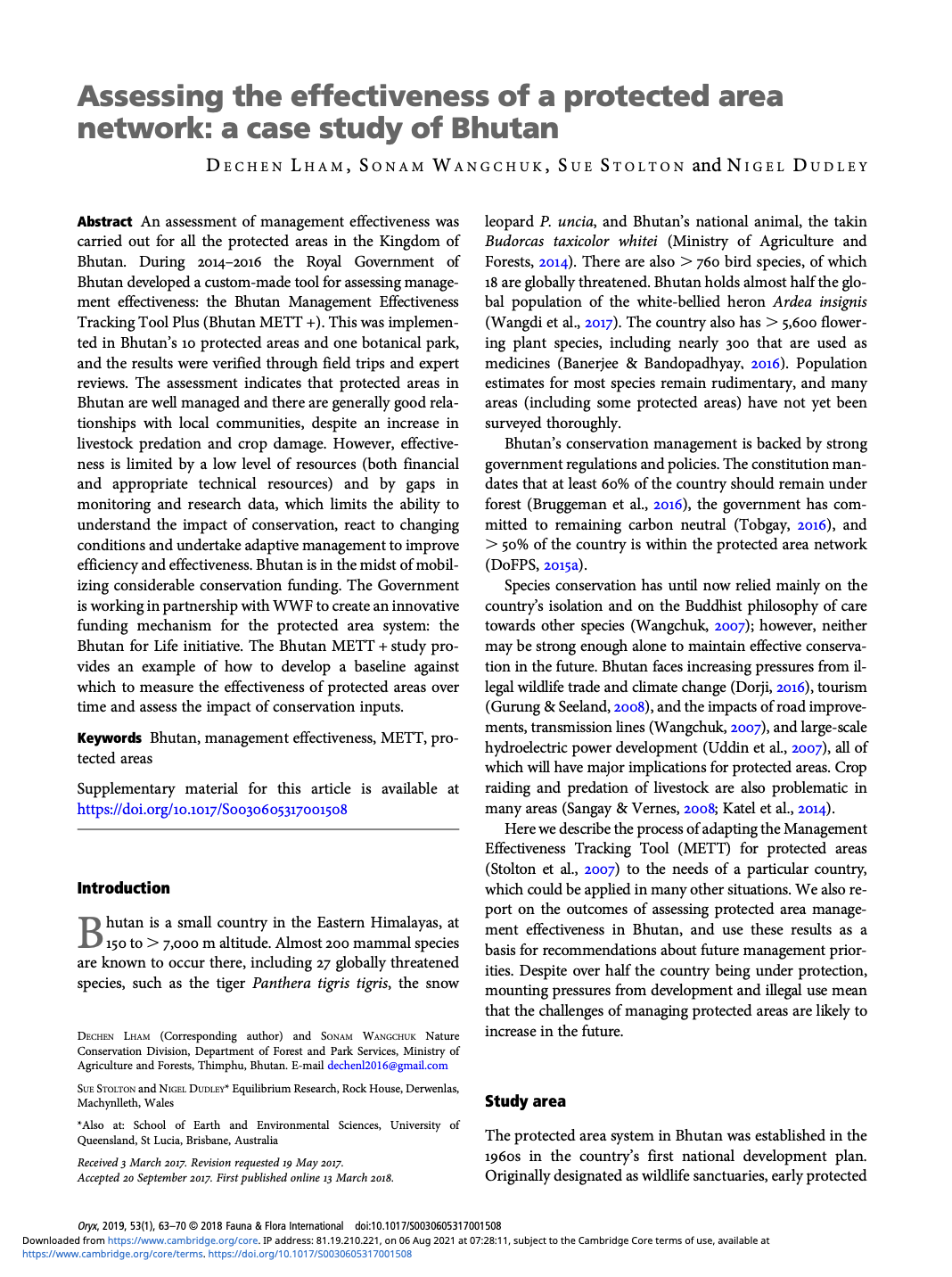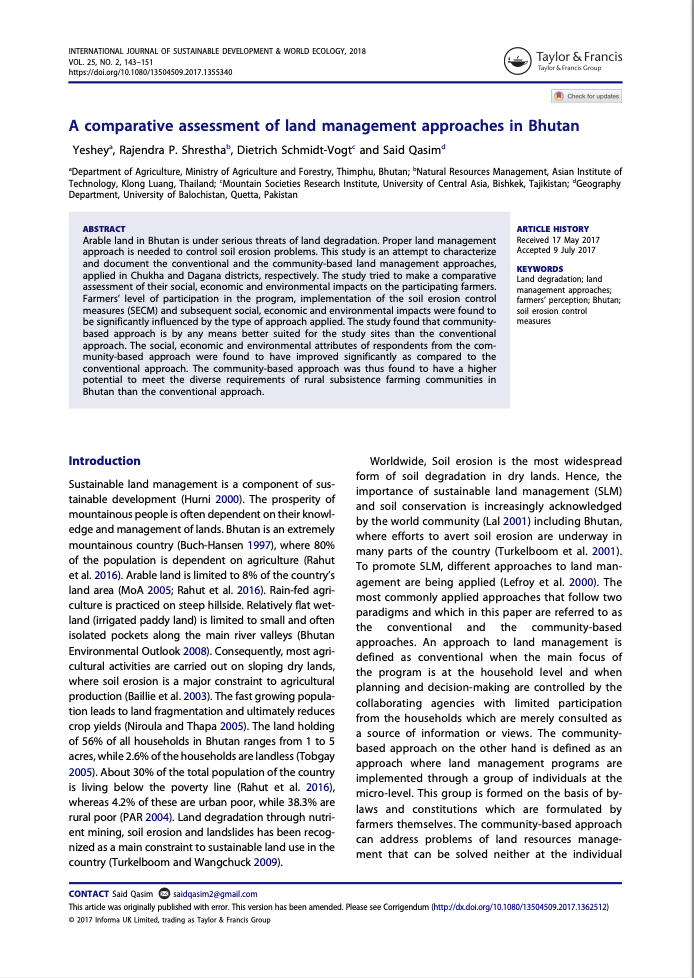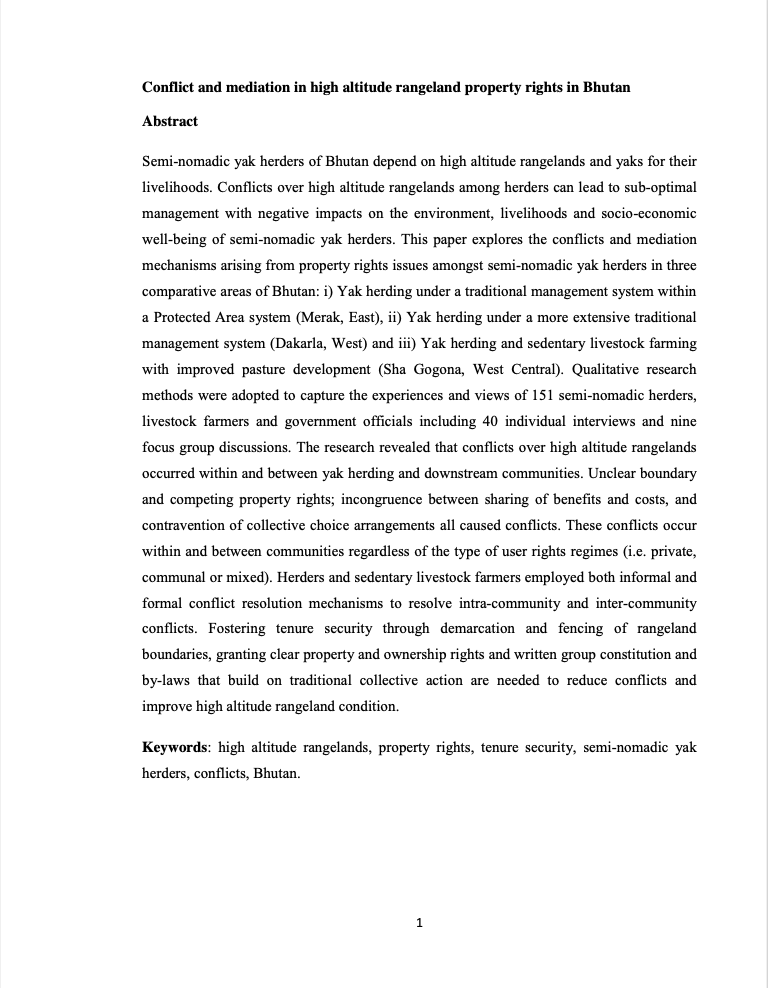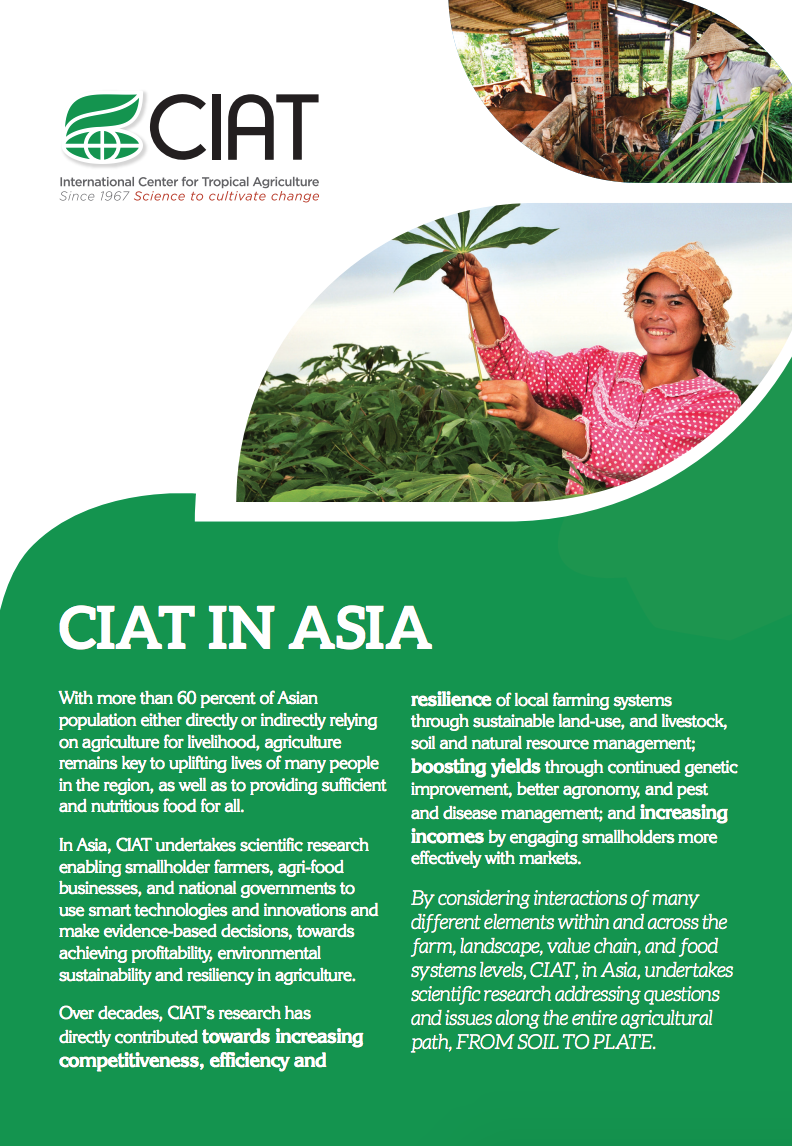This river basin overview describes the state of the water resources and water use, as well as the state of agricultural water management in the Ganges-Brahmaputra-Meghna basin. The aim of this report is to describe the particularities of this transboundary river basin and the problems met in…
This country profile describes the state of the water resources and water use, as well as the state of agricultural water management in India. The aim of this report is to describe the particularities of the country and the problems met in the development of the water resources, and irrigation…
This publication reports the proceedings of the twenty-sixth session of the Asia-Pacific Forestry Commission (APFC) held in Colombo, Sri Lanka, from 23 to 27 October 2017. The main themes considered were: Forestry in a new landscape; Guidelines for using forest concessions to manage public…
An assessment of management effectiveness was carried out for all the protected areas in the Kingdom of Bhutan. During 2014-2016 the Royal Government of Bhutan developed a custom-made tool for assessing management effectiveness: the Bhutan Management Effectiveness Tracking Tool Plus (Bhutan METT…
The climate-smart agriculture (CSA) concept reflects
an ambition to improve the integration of agriculture
development and climate responsiveness. It aims to
achieve food security and broader development goals
under a changing climate and increasing food demand.
CSA…
Property rights and management regimes for high-elevation rangelands in Bhutan have evolved over centuries in response to environmental, cultural, and political imperatives. The 2007 Land Act of Bhutan aims to redress historical inequities in property rights by redistributing grazing leases to…
Arable land in Bhutan is under serious threats of land degradation. Proper land management approach is needed to control soil erosion problems. This study is an attempt to characterize and document the conventional and the community-based land management approaches, applied in Chukha and Dagana…
Semi-nomadic yak herders of Bhutan depend on high altitude rangelands and yaks for their livelihoods. Conflicts over high altitude rangelands among herders can lead to sub-optimal management with negative impacts on the environment, livelihoods and socio-economic well-being of semi-nomadic yak…
With more than 60 percent of Asian population either directly or indirectly relying on agriculture for livelihood, agriculture remains key to uplifting lives of many people in the region, as well as to providing sufficient and nutritious food for all.
In Asia, CIAT undertakes scientific…


